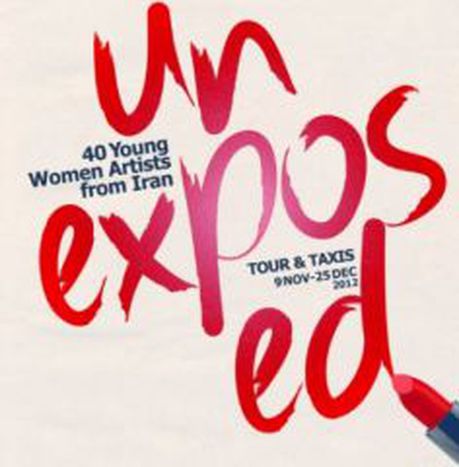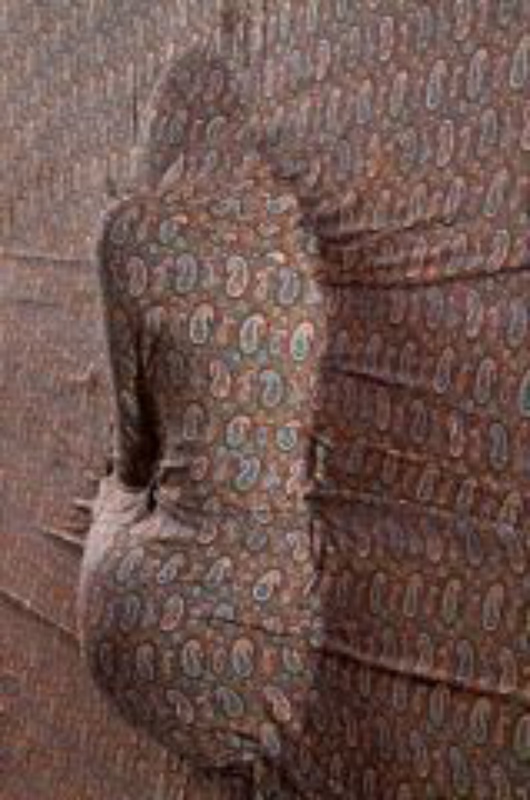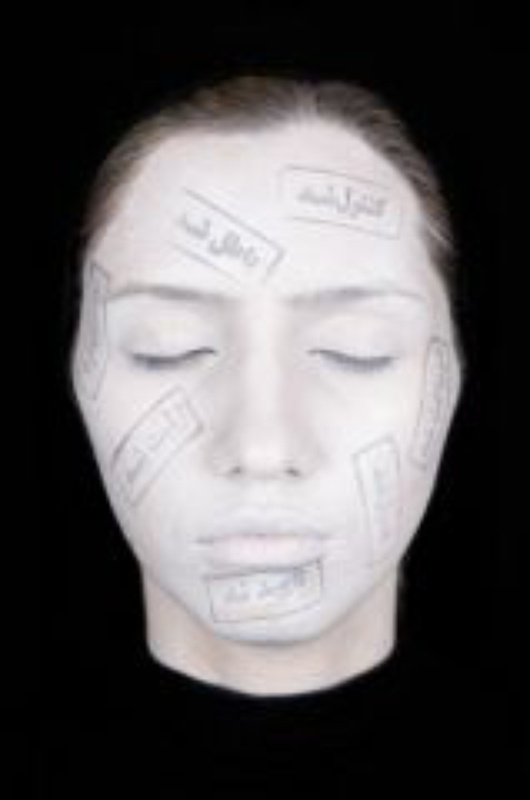
When the “Unexposed” is Exposed in Brussels
Published on
By Jan Nils Schubert, translated by Danica Jorden There is no theme for the “Unexposed” exhibition, which opened Friday 9 November in Brussels. Just one directorial idea: to show the creativity and reflections of 40 young female Iranians whose works have not been able to be exhibited in their home country.
 There were 400 candidates
who responded to the call for submissions by the non-profit “Art
Cantara” (“bridge of art” in Arabic) for this
exhibition. The criteria were strict: female between 20 and 40
years of age, living and working in Iran, and having at a least one
prior exhibition in their portfolio.
There were 400 candidates
who responded to the call for submissions by the non-profit “Art
Cantara” (“bridge of art” in Arabic) for this
exhibition. The criteria were strict: female between 20 and 40
years of age, living and working in Iran, and having at a least one
prior exhibition in their portfolio.
A generational choice
“I wanted to address a very specific generation, one that has never known a non-Islamic republic,” explains Fery Malek-Madani,the exhibition’s curator. “Having grown up under one school of thought doesn’t mean one cannot think deeply.”
 Even as the absence of a
theme explains the diversity of subjects, a common thread emerges, a
serious reflection on identity: that of woman in terms of tradition
and the reappropriation of the feminine body. Added to that is a
fascination with the West made close by the media, but always far
because of its inaccessibility. With so much tension between daily
reality and unsatisfied desires, their frustrations resonate in the
painted canvases hanging on the brick walls.
Even as the absence of a
theme explains the diversity of subjects, a common thread emerges, a
serious reflection on identity: that of woman in terms of tradition
and the reappropriation of the feminine body. Added to that is a
fascination with the West made close by the media, but always far
because of its inaccessibility. With so much tension between daily
reality and unsatisfied desires, their frustrations resonate in the
painted canvases hanging on the brick walls.
Universality versus Untimely Orientalism
“Unexposed” shows a variety of works inspired by currents in the art world and diverse techniques. Embroidery, painting, collage, sports photography… eclecticism reigns. No deserts, calligraphy or cypresses, those subjects dear to Westerners seeking exotic Orientalism; though there are some punctual allusions to traditional art, underlining the contrast with the modernity depicted. Fery Malek-Madani moreover does not conceal her desire to counter the infatuation with the traditional subjects often shown in Europe’s private auction sales. “Having a more universal image apparently doesn’t play well,” she confides, “but I’m not looking to make money.”
After Brussels, the exhibition will go on to Athens and Warsaw. Two countries also burdened with a religious history, where, according to the curator, they might be “more apt to understand the acerbic critique advanced by these young female Iranian artists.”
 (Photo Credits: Atoosa VAHDANI "Shabnam" / Samin ABARQOI "Selfportrait" / Banafsheh JAHANGARI "Dancer with flag")
(Photo Credits: Atoosa VAHDANI "Shabnam" / Samin ABARQOI "Selfportrait" / Banafsheh JAHANGARI "Dancer with flag")



